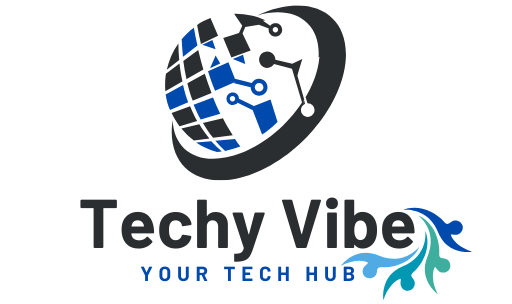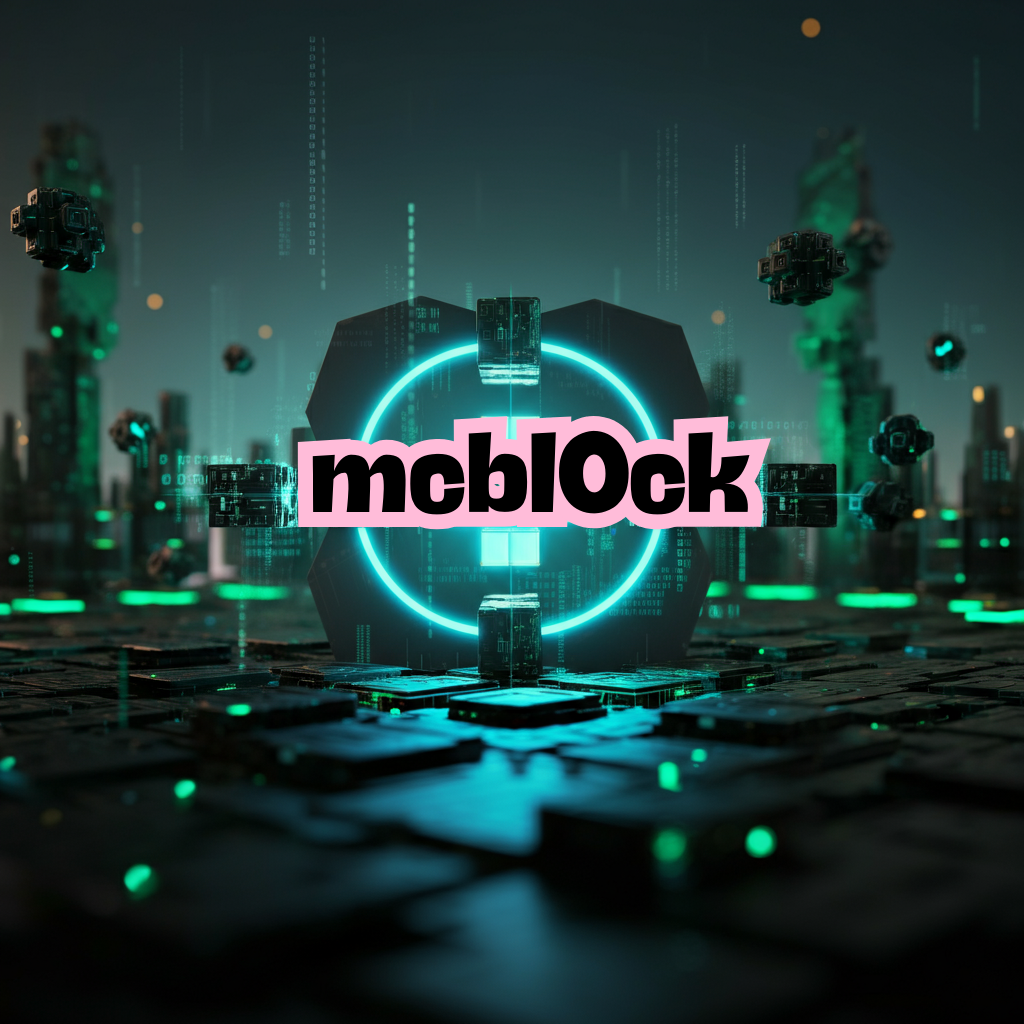Introduction
The constantly evolving landscape of technology demands solutions that are faster, more adaptable, and scalable. Among the latest advancements grabbing attention is mcbl0ck (pronounced “microblock”)—a modular, lightweight architecture designed to revolutionize the way we approach efficiency, scalability, and security in digital ecosystems.
Whether you’re a technology enthusiast, software developer, or a business owner seeking smarter digital solutions, this guide will explore everything you need to know about mcbl0ck. From its innovative structure and real-world applications to a comparison with traditional systems, we’ll showcase its significant potential to reshape industries.
What is mcbl0ck and Why Does it Matter?
At its core, mcbl0ck is a lightweight, modular system architecture intended to streamline operations in complex digital environments. Think of it like building blocks each piece works independently but comes together to form a robust, agile system.
The goal? To address the inefficiencies and bottlenecks often associated with traditional monolithic or centralized systems. By breaking digital ecosystems into smaller, easily manageable components, mcbl0ck facilitates enhanced performance, seamless scalability, and impenetrable security.
Key benefits of mcbl0ck include:
- Modularity: Each “block” can operate independently, ensuring that changes or updates don’t disrupt the entire system.
- Efficiency: Its lightweight design reduces processing time and resource consumption, making it perfect for high-demand environments.
- Scalability: mcbl0ck grows with your needs, allowing businesses to expand without worrying about system limitations.
- Decentralization: Enhances security and reliability by reducing single points of failure.
As digital operations continue to grow more intricate, the modular flexibility of mcbl0ck provides businesses with the competitive edge they need.
Real-Life Applications of mcbl0ck
The impact of mcbl0ck can be seen across various industries, addressing pain points effectively and efficiently. Here are a few standout real-world examples showcasing its potential applications:
1. Customer-Centric Applications in E-Commerce
E-commerce platforms can leverage mcbl0ck to process transactions swiftly, store data securely, and ensure a seamless shopping experience for users. For instance, modularity allows businesses to test new features such as AI-driven recommendations without affecting other core functions like payment processing.
2. Data Management in Fintech
Financial institutions deal with massive volumes of sensitive data daily. With mcbl0ck’s decentralized structure, data handling becomes more secure and efficient. Additionally, scalability ensures that the system grows as transaction volume increases, ensuring consistent performance.
3. IoT Ecosystems
The Internet of Things (IoT) industry relies on interconnected devices communicating in real-time. mcbl0ck’s lightweight framework and heightened scalability make it an ideal solution for managing IoT’s increasingly complex networks.
4. Smart Cities and Infrastructure
From intelligent traffic management systems to efficient energy distribution, mcbl0ck enables municipalities to integrate modular solutions that deliver optimized services.
How Does mcbl0ck Compare to Traditional Systems?
| Feature | mcbl0ck | Traditional Systems |
|---|---|---|
| Scalability | Effortlessly scalable modular design | Limited, may need costly upgrades |
| Performance | Optimized for lightweight execution | Prone to bottlenecks and lags |
| Security | Built-in encryption and decentralization | Often requires external solutions |
| Flexibility | Highly adaptable to evolving needs | Rigid and challenging to modify |
| Cost Efficiency | Reduces long-term operational costs | High maintenance costs over time |
While traditional systems have their place, they’re ill-equipped to handle the velocity of modern technological innovation. mcbl0ck bridges this gap with its forward-thinking architecture.
Steps to Integrate mcbl0ck into Your Operations
If you’re ready to adopt mcbl0ck to enhance your systems, here’s a step-by-step guide to ensure a smooth integration.
Step 1: Evaluate Your Existing System
Start by analyzing your current digital infrastructure. Identify pain points such as inefficiencies, scaling restrictions, or security gaps.
Step 2: Define Objectives
What do you hope to achieve by implementing mcbl0ck? Whether it’s process automation, cost reduction, or improved user experiences, setting clear goals will drive the adoption process.
Step 3: Collaborate with Experts
Bring in professionals who have experience with mcbl0ck architecture. Their expertise can help map out the optimal application of mcbl0ck within your business ecosystem.
Step 4: Test Modular Implementations in Phases
Begin by introducing mcbl0ck architecture to a single system function or process. Testing in phases ensures smooth deployment while minimizing disruptions to core operations.
Step 5: Scale Gradually
Once the modular integration proves successful, scale mcbl0ck to other systems and processes. This gradual approach ensures seamless adoption and allows teams to adapt to the changes efficiently.
Step 6: Monitor, Evaluate, and Optimize
Finally, continuously monitor the system’s performance post-integration. Use analytics to identify areas for optimization and ensure systems remain robust over time.
Why Businesses Need mcbl0ck Now
The speed at which industries are innovating leaves no room for inefficiencies or stagnant processes. mcbl0ck provides a framework for businesses to operate smarter, not harder.
By adopting mcbl0ck, businesses can:
- Reduce operational costs by minimizing redundancies and resources required for outdated systems.
- Enhance efficiency with faster processing speeds and seamless operations.
- Future-proof processes by creating adaptable systems ready for the demands of tomorrow.
If your business is still reliant on clunky, traditional systems, mcbl0ck is your opportunity to leap forward and gain a competitive edge.
FAQs About mcbl0ck
1. What industries can benefit from mcbl0ck architecture?
mcbl0ck is versatile and suitable for industries like e-commerce, fintech, IoT, healthcare, and smart cities that demand scalability, security, and customizability.
2. How is mcbl0ck more secure than traditional systems?
Through its decentralized nature, mcbl0ck minimizes single points of failure, making systems significantly less vulnerable to cyber threats or breaches.
3. Is mcbl0ck suitable for small-scale businesses?
Yes! mcbl0ck’s modular and scalable advantages make it cost-efficient and practical for businesses of all sizes.
4. How does mcbl0ck compare with microservices?
While both promote modularity, mcbl0ck optimizes further by incorporating decentralization and lightweight architecture, providing added security and efficiency.
5. How long does it take to integrate mcbl0ck?
The time required depends on system complexity and business objectives. Pilot implementations can often begin in a matter of weeks.
Final Thought
Whether you’re looking to cut costs, improve efficiency, or remain competitive in your market, mcbl0ck offers the tools necessary for success. By understanding its applications and adopting it strategically, your business can transform challenges into opportunities for growth.
If you’re ready to elevate your digital systems, start exploring mcbl0ck today.



